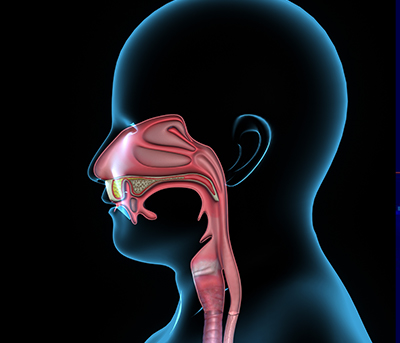head and neck cancer
DESCRIPTION
Cancers that are known collectively as head and neck cancers usually begin in the squamous cells that line the moist, mucosal surfaces inside the head and neck (for example, inside the mouth, nose, throat, larynx, sinuses, or salivary glands). Treatment for head and neck cancer can include surgery, Radiation therapy, chemotherapy, targeted therapy, or a combination of treatments. Improvements in diagnosis and local management, as well as targeted therapy, have led to improvements in quality of life and survival for people with head and neck cancer.
Targeted Alpha therapy (TAT) clinical trials are currently under development and showing promising results. It involves selective delivery of Isotopes that emit highly energetic Alpha particles to cancer cells leading to their ultimate destruction, while minimizing collateral damage to healthy surrounding cells.
Sources: Cancer.gov, NIH.gov

PATIENT ASSOCIATIONS
Europe: Association Francophone des Mutilés de la Voix de Belgique – A.F.M.V.B. (BEL), Battants de la Voix (BEL), The Swallows (GBR), THANCS Brighton (GBR)
Worlwide: Head and Neck Cancer Alliance (HNCA), Oral Cancer Foundation, Support for People with Oral and Head and Neck Cancer (SPOHNC)
CLINICAL TRIALS
N/A
ABOUT HEAD AND NECK CANCER
Head and Neck Cancers – National Cancer Institute NIH
Tumours Head and Neck – European Organisation for Research and Treatment of Cancer (EORTC)
Head and Neck Cancers – Centers for Disease Control and Prevention (CDC)
Head and Neck Cancer – Cancer.Net
Compassionate Use Program (CUP)
CUP enables patients with life-threatening diseases, such as advanced cancer, to resort to experimental treatments when standard anti-cancer solutions and access to clinical trials are not an option. Access to CUP programs depends on local regulations and can vary from one treatment to another.
Ask your referring physicians for more information regarding CUP.


